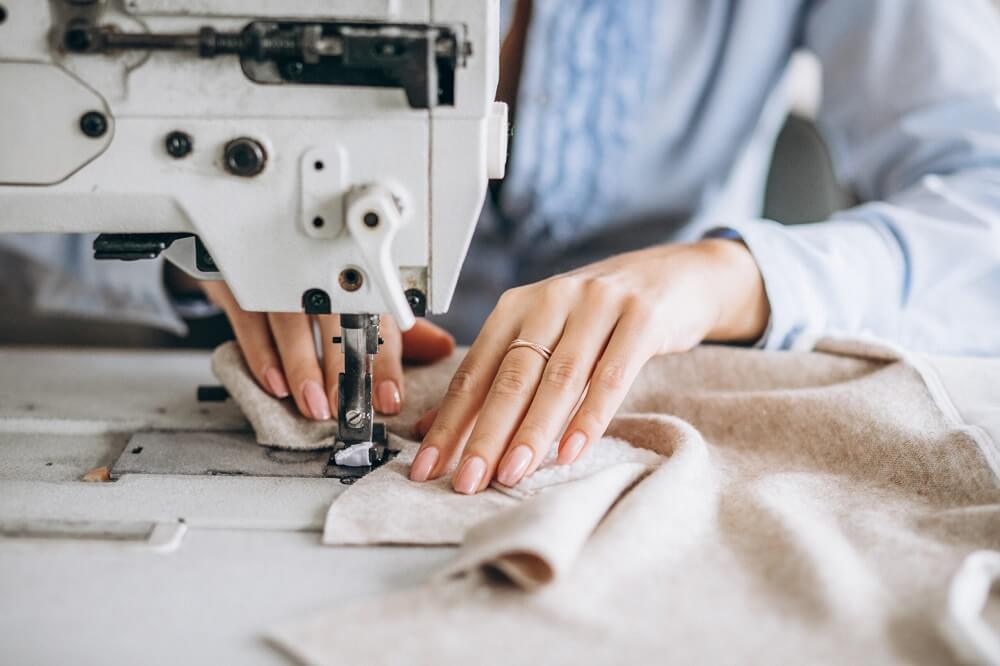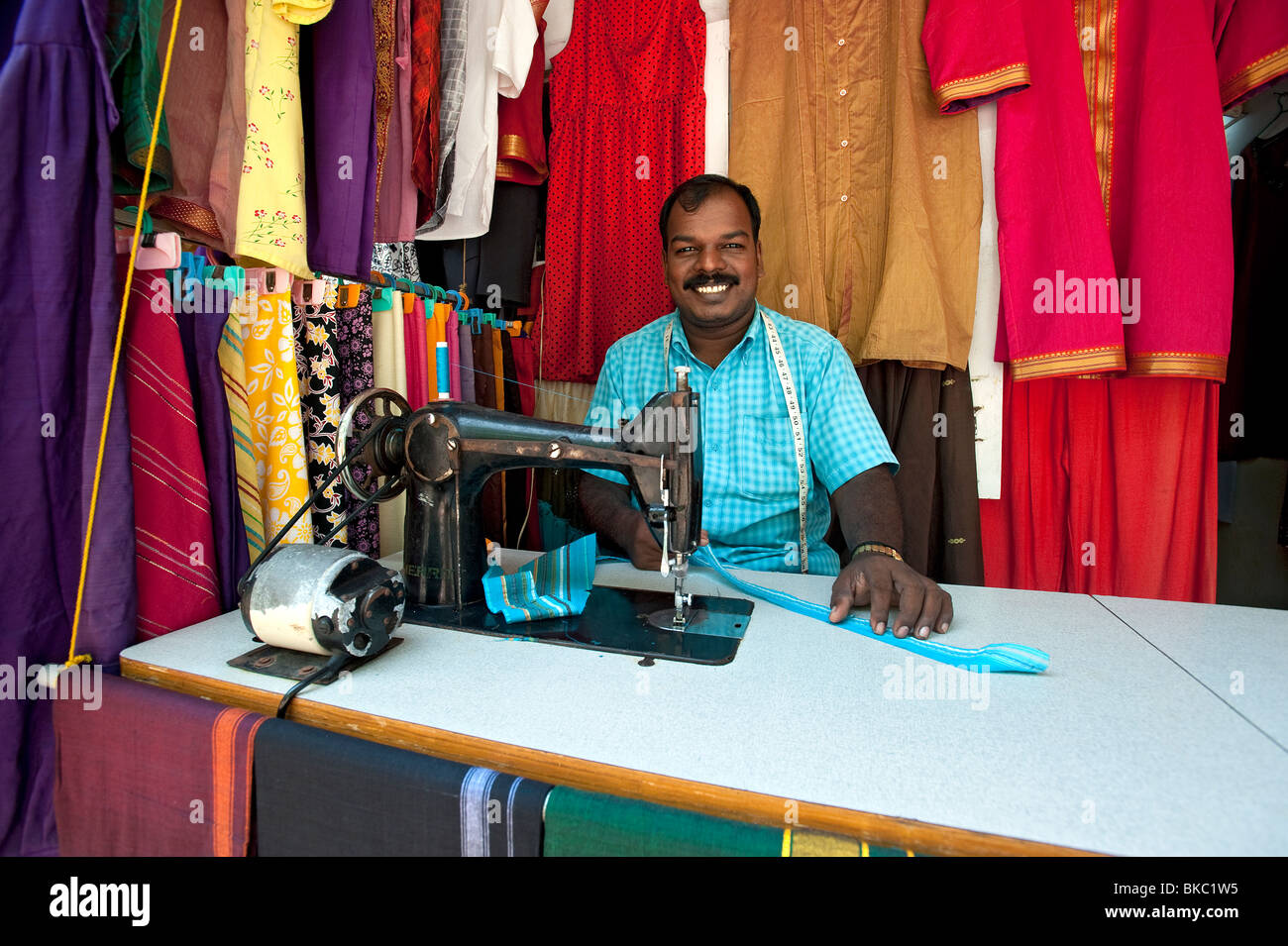Tailor Perth Specialists: Tailor-Made Solutions for Elegant Clothing
Tailor Perth Specialists: Tailor-Made Solutions for Elegant Clothing
Blog Article
Understanding the Tailoring Refine: From Textile Selection to Final Fitting for the Perfect Wardrobe
The tailoring procedure is a complex interplay of art and science, beginning with the essential decision of material selection and finishing in the accurate adjustments of last installations. Each textile kind brings unique high qualities that affect not only the aesthetic charm however likewise the garment's longevity and viability for numerous celebrations. Comprehending the nuances of tailoring methods can boost one's closet to unprecedented levels of refinement. As we explore these aspects additionally, one have to consider how even the tiniest details can significantly influence the overall outcome of one's individual design.
Importance of Textile Selection
Picking the right textile is important in the customizing process, as it straight affects the comfort, durability, and total aesthetic of the last garment (tailor perth). The selection of material establishes the structure for the garment's style, performance, and capability. Different materials have special residential properties, such as weight, breathability, and stretch, which can substantially affect how the garment drapes and fits the body
Additionally, fabric selection influences the garment's durability and convenience of care. Top notch materials can endure damage, keeping their look and framework over time, while lower-quality materials may result in pilling or fading. Additionally, the ideal material contributes to the garment's capability to change across celebrations and seasons, consequently enhancing adaptability.
A customized piece made from a proper textile not just showcases craftsmanship but also boosts the wearer's confidence. Recognizing the nuances of material choice is paramount for any type of customizing endeavor. It guarantees that the final item not only meets the aesthetic desires of the client however likewise lines up with practical requirements, thereby accomplishing an unified equilibrium in between type and function in the tailored wardrobe.
Kinds Of Fabrics and Their Uses
Comprehending the different sorts of textiles available is essential for making notified choices during the customizing procedure. Each fabric possesses special qualities that dictate its viability for certain garments and celebrations.
Its adaptability allows it to be customized into every little thing from shirts to outfits. Its all-natural flexibility assists garments preserve form over time.
Silk exhibits luxury and is light-weight, making it perfect for eveningwear and fragile blouses; however, it requires cautious handling because of its delicacy. Linen, with its distinctive finish, is a preferred choice for warm climates, supplying a ventilated and crisp feel, yet it wrinkles easily, which might affect the garment's appearance.
Synthetic materials, such as polyester and nylon, deal sturdiness and resistance to creases, making them ideal for everyday wear and energetic clothes. Understanding these material kinds and their buildings allows for much better decision-making, guaranteeing that each tailored item not only fits well yet also straightens with the desired objective and occasion.
The Tailoring Methods Described
The art of customizing counts on a range of techniques that transform textile into well-fitted garments. Central to this procedure is pattern composing, where a tailor develops layouts based upon the customer's measurements and desired design. This first step ensures that the garment will certainly fit the wearer effectively before any reducing takes place.
Once patterns are established, reducing strategies enter into play. Accuracy is critical as inaccuracies can result in misfitting garments. Tailors frequently make use of various cutting approaches, such as single-layer cutting for complex layouts and multiple-layer cutting for effectiveness on common patterns.
Basting is another essential strategy, permitting tailors to temporarily stitch fabric investigate this site assemble for a preliminary installation. This approach provides the possibility to evaluate the drape and general shape before last stitching.
Seaming techniques, consisting of french joints and flat-felled seams, improve the garment's sturdiness and aesthetic appeal. Tailors likewise use strategies such as interfacing and cushioning to provide framework and shape to certain locations, like collars and shoulders.
Last but not least, completing methods, including hemming and side finishing, ensure the garment's durability while giving a sleek appearance. With each other, these techniques create the foundation of effective tailoring, resulting in elegant, tailor-made clothing.
Suitable Modifications and Factors To Consider

Key factors to consider consist of the shoulder fit, which should neither droop neither restrict activity, and the sleeve length, which should permit for comfy arm motion while maintaining a sleek look. Additionally, changes at the waist can refine the shape, with options to let out or absorb textile as required.
The rise of trousers is an additional vital factor; it must rest comfortably above the hips without causing pain, enabling convenience of activity. Hemming lengths for both pants and skirts ought to reflect the wearer's favored design while valuing percentages.

Preserving Your Tailored Wardrobe
Proper upkeep of tailored garments is vital to preserving their fit and look with time. To make sure long life, regular cleansing is vital. Constantly follow the treatment tag instructions, which might suggest completely dry cleaning for fragile textiles or equipment washing for more long lasting materials. Prevent constant laundering, as this can wear down the material and change the garment's form.
Storage is just as crucial; use cushioned wall mounts for coats and coats to maintain shoulder framework, and shop trousers folded up nicely or hung to stop creasing. Shield garments from straight sunshine, which can fade shades and damages fibers.
Additionally, regular examinations for minor repair work can prevent bigger problems. Look for loosened buttons, tearing joints, or signs of moth damages, dealing with these problems immediately to preserve the garment's integrity.
Last but not least, think about seasonal rotation. Putting on tailored pieces in moderation enables fabrics to recoup, extending their life expectancy. By executing these upkeep approaches, you can make sure that your tailored garments remain as immaculate as the day you first used them, enhancing your perfect closet for years to find.
Final Thought
The customizing process, encompassing textile choice, competent strategies, and exact suitable adjustments, plays a vital role in producing garments that find this boost both comfort Web Site and design. Each phase adds to the general performance of the end product, making certain that clothes not just fits well yet also shows specific identification. Recognizing the importance of maintenance extends the life of tailored garments, solidifying their value in a well-curated wardrobe. A thorough approach to tailoring culminates in a confident and sleek appearance.
Picking the right fabric is essential in the tailoring process, as it straight affects the comfort, toughness, and general aesthetic of the final garment. The option of material establishes the structure for the garment's performance, functionality, and design. Different fabrics possess unique residential properties, such as stretch, breathability, and weight, which can considerably affect just how the garment drapes and fits the body.
The art of tailoring relies on a variety of strategies that transform textile into well-fitted garments.The customizing process, encompassing fabric choice, proficient methods, and specific fitting changes, plays a crucial duty in producing garments that boost both comfort and design.
Report this page